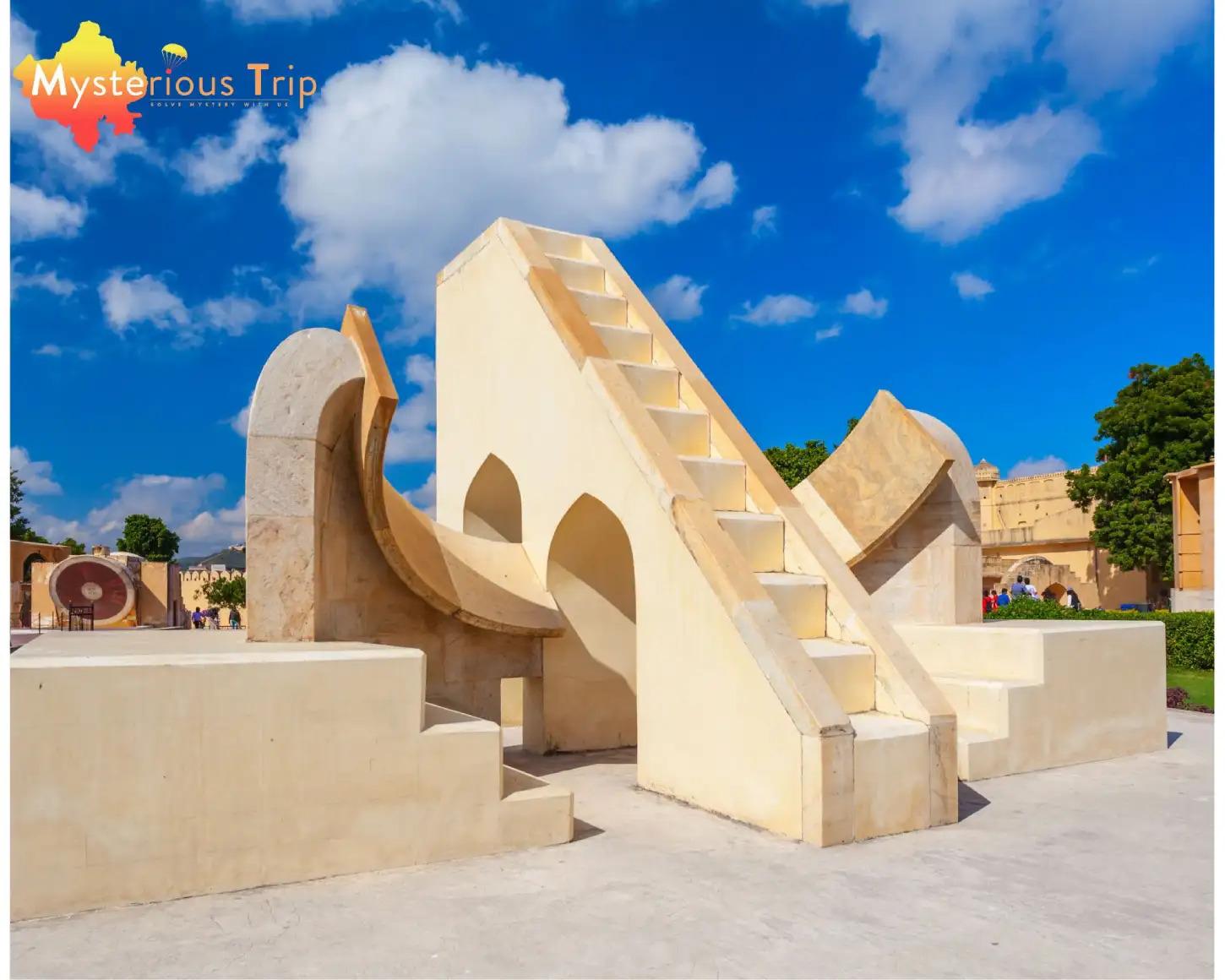Exploring the Astronomical Wonders of Jantar Mantar in Jaipur
Jantar Mantar, located in the captivating city of Jaipur in Rajasthan, India, is a remarkable architectural marvel that has stood the test of time. Built by Maharaja Sawai Jai Singh II in the early 18th century, Jantar Mantar is a collection of nineteen astronomical instruments that showcase the profound knowledge and scientific prowess of the ancient world.
Meaning "instruments for measuring the harmony of the heavens" in Hindi, Jantar Mantar is an ode to the cosmic wonders that have captivated human beings for centuries. It served as a significant hub for astronomical observations and calculations, enabling astronomers and scholars to study celestial movements, measure time, and predict eclipses with remarkable precision.
One of the standout instruments at Jantar Mantar is the Samrat Yantra, the world's largest sundial. Standing at a staggering 27 meters tall, this massive structure allows observers to measure the local time with astonishing accuracy. The Samrat Yantra's shadow moves visibly at a rate of 6 centimeters per minute, providing a fascinating glimpse into the passage of time and the earth's rotation.
The Jantar Mantar complex also houses the Ram Yantra, a colossal instrument consisting of two circular buildings with open rooftops. These structures were used to observe and calculate the positions and distances of celestial bodies. The Ram Yantra's unique design allowed astronomers to measure the altitude and azimuth of stars and planets with impressive precision.
Another intriguing instrument is the Jai Prakash Yantra, which consists of two concave hemispherical structures with markings to observe celestial bodies. By aligning their eyes with the markings, astronomers could determine the altitude and azimuth of celestial objects, helping them create accurate star charts and astronomical calculations.
Visiting Jantar Mantar offers a captivating journey through history, science, and the wonders of the cosmos. The architectural brilliance and mathematical precision of these instruments are a testament to the advanced knowledge and skills of the ancient astronomers. As you walk through the complex, you can't help but feel a sense of awe and admiration for the intellect and vision of those who built this extraordinary observatory.
The site has been recognized as a UNESCO World Heritage site since 2010, further cementing its importance and significance in the realm of scientific heritage. Today, Jantar Mantar serves not only as a tourist attraction but also as an educational center, allowing visitors to explore and appreciate the ingenuity of ancient Indian astronomers.
To truly appreciate the splendor of Jantar Mantar, it is advisable to visit with a knowledgeable guide who can explain the intricate workings of the instruments and their historical context. With their guidance, you can delve deeper into the scientific and cultural significance of this remarkable site, gaining a profound understanding of how ancient civilizations perceived and studied the universe.
Jantar Mantar in Jaipur stands as a testament to humanity's eternal fascination with the cosmos and our constant quest for knowledge. It is a place where the realms of astronomy, architecture, and history converge, offering a unique experience that transcends time and connects us with the scientific wonders of the past. A visit to Jantar Mantar is an unforgettable journey into the depths of the universe and the rich heritage of our planet.


